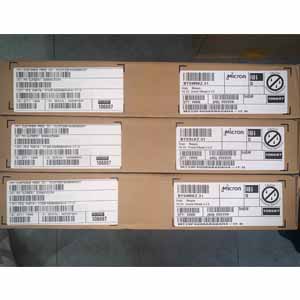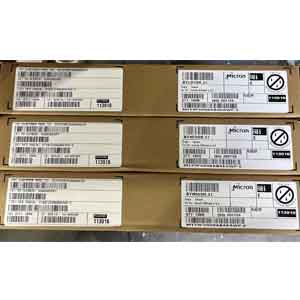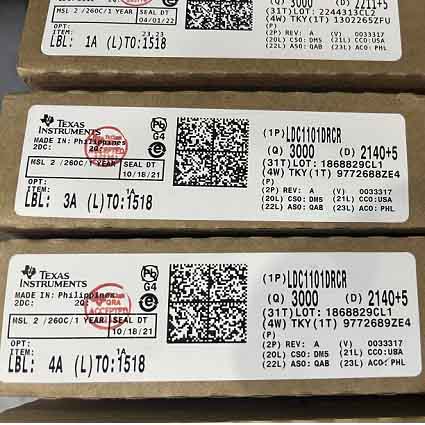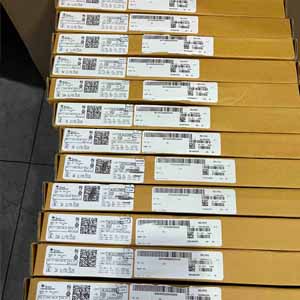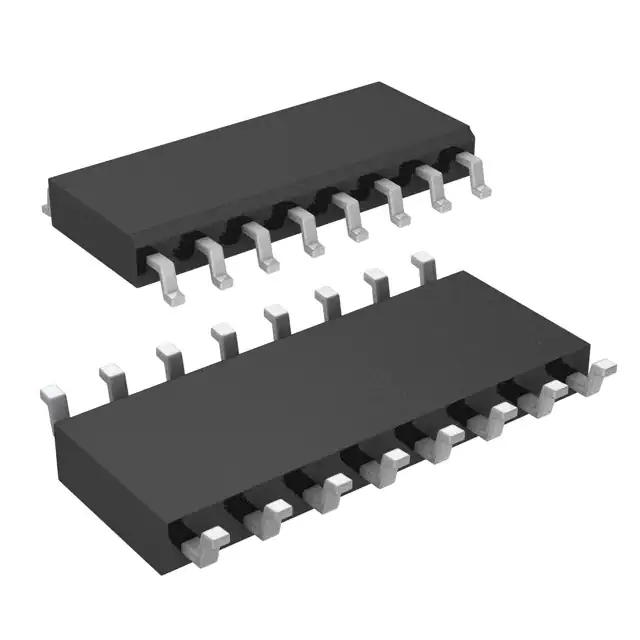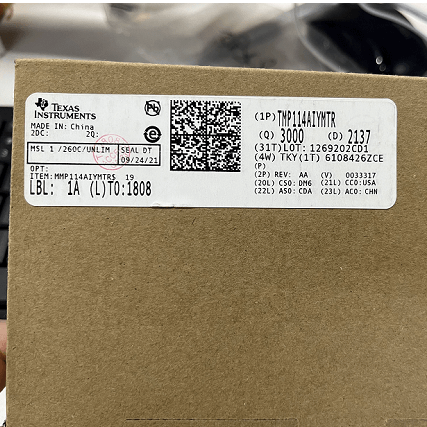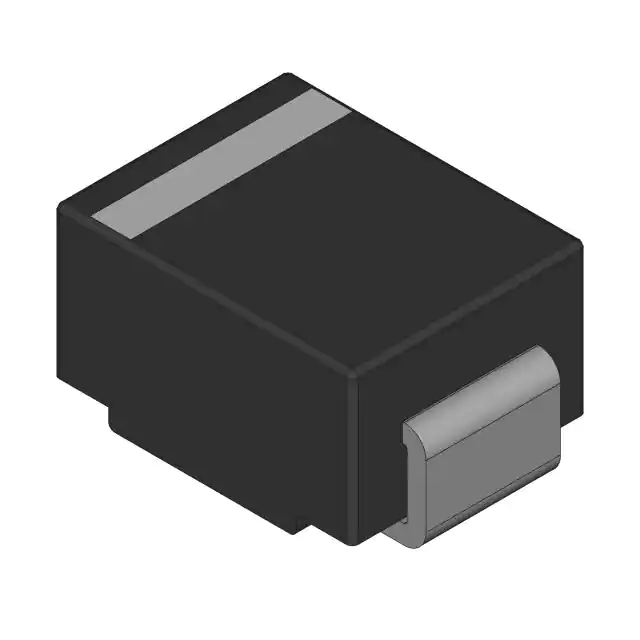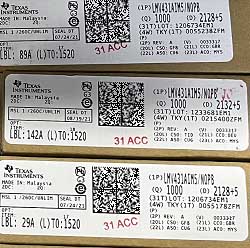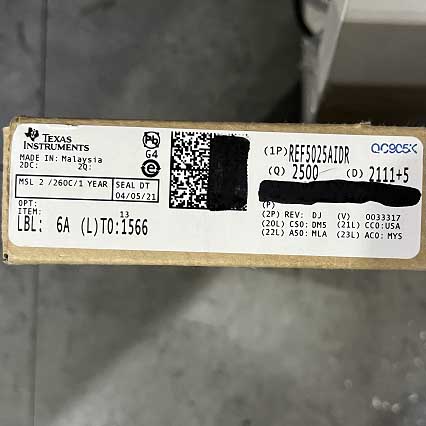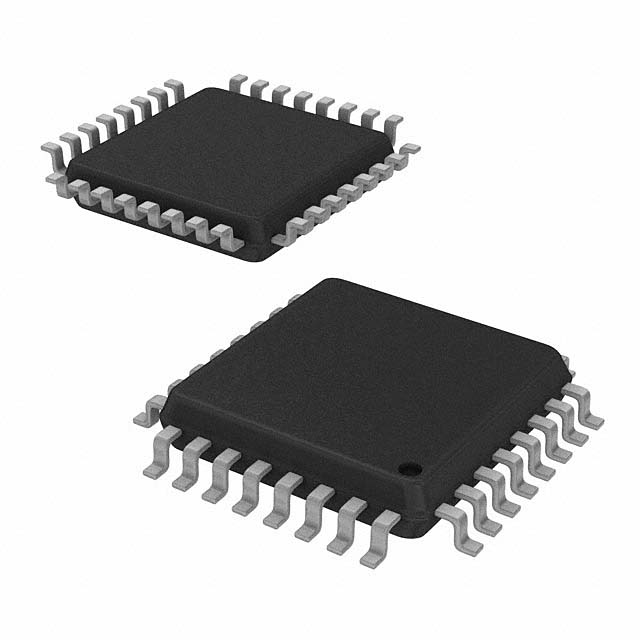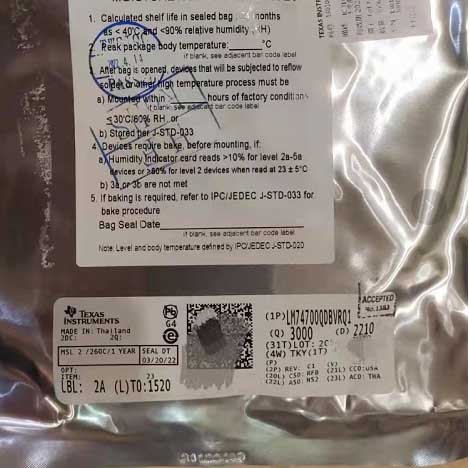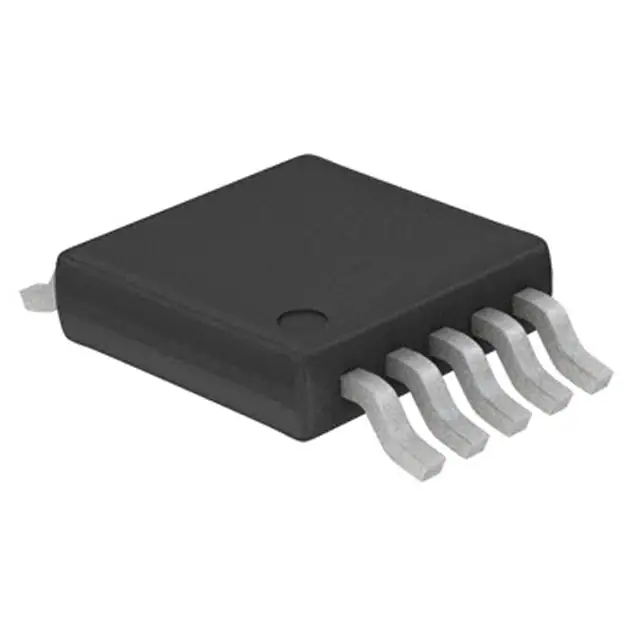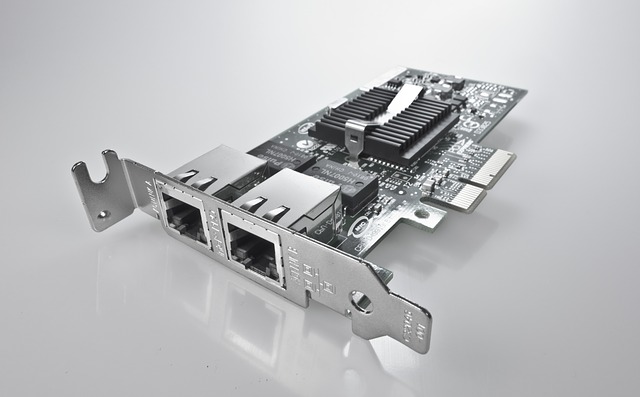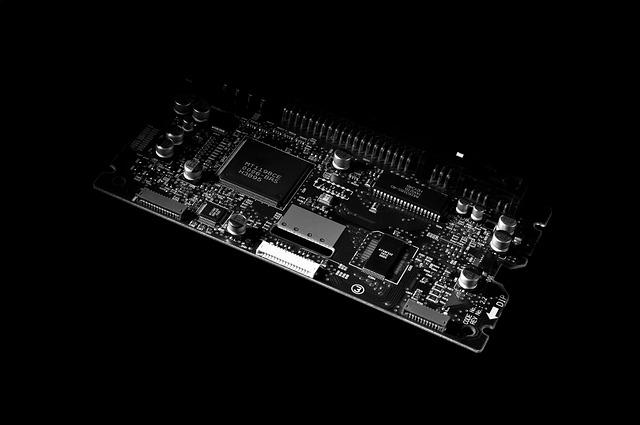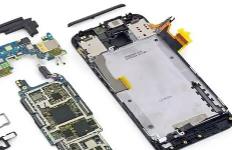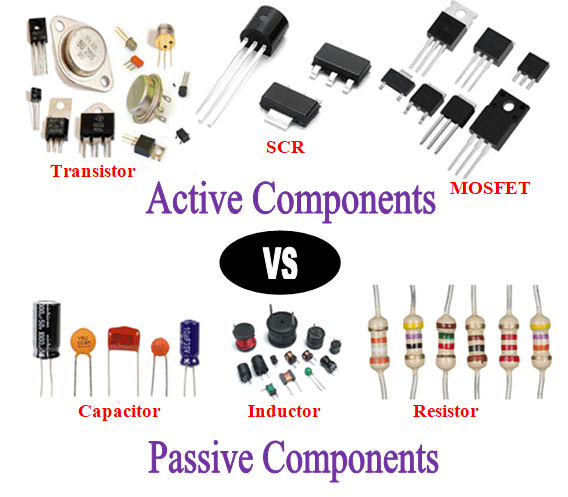▁
The attention of "car-grade" is getting higher and higher, but what is a real car-grade chip? There is still some noise in the market. Some manufacturers claim to have reached the automotive standard after passing the AEC-Q100 certification, and some think that they need to pass the ISO 26262 certification. There are also manufacturers claiming that they have passed the relevant certification, but in the actual test process, the performance is not up to standard, what is the reason? Why are "vehicle-level" so important? The car factory is so important? The above issues will be introduced one by one below.

☞Compared with other consumer-grade industrial electronic components, automotive electronic components need to face a harsher external working environment, longer service life, higher reliability and safety requirements.
☞"Vehicle certification" refers to the characteristics of these usage scenarios, and sets relevant certification requirements for the production process and products of automotive chips. Only when all requirements are met can the "vehicle certification" be passed. The automotive-grade chip refers to an automotive chip that fully meets all "vehicle certification" requirements and has been certified by a third-party certification agency.
☞So, what are the corresponding certifications for real car-grade chips? What are the specific indicators and dimensions? At present, the industry's more common chip vehicle certification standards mainly include the reliability standard AEC-Q series and the functional safety standard ISO 26262. Generally, only through the identification of these two standards can it be called "vehicle-level chip".
AEC-Q100: the "basic threshold" for chips to be installed on the car
▼The AEC-Q series is a specification mainly aimed at reliability evaluation, and specifies a series of automotive electronic reliability test standards in detail. Among them, AEC-Q100, which is widely known in the industry, is an integrated circuit stress test identification based on the failure mechanism. It is a comprehensive reliability test suitable for automotive chips and an important guide for the production of parts suppliers in the automotive industry. Passing the AEC-Q100 test can ensure that the chip can be used reliably for a long time, that is, it will not be damaged.
☞Passing the AEC-Q100 reliability certification test conditions requires multiple rounds of verification and more emphasis on multi-party collaboration (cooperation of fabs, packaging and testing factories and other industrial chain enterprises) in the process, and the cycle is generally longer. Chip design manufacturers need to put reliability requirements at a very high priority from the product design stage to ensure that products meet the strict requirements of environmental stress acceleration verification, life acceleration simulation verification, packaging verification, etc., which also requires chip manufacturers to have Enough and rich experience in successfully producing automotive-standard chips can be done in every link in the early stage to ensure that all standards and requirements are met during certification.
ISO 26262: The 'ticket to entry' for the automotive supply chain
▼It is obviously not enough to guarantee "usable" and "non-damaged". The real "vehicle-grade chips" need to meet the consideration and certification of functional safety mechanisms. With the gradual implementation of intelligent driving/unmanned driving, more and more Many auto parts have strengthened the demand for functional safety, while ISO 26262 is the basic rule for comprehensively regulating the functional safety of auto parts and chips. Functional safety emphasizes the guarantee of normal functions, no unexpected problems, normal alarm and safe execution, which is the guarantee of capability level. The industry mostly uses the ISO 26262 "Road Vehicle Functional Safety" international standard for functional safety certification. Therefore, passing the certification of this standard has also become the access rule for automotive supply chain manufacturers nowadays.
☞ISO 26262 functional safety certification is divided into functional safety process certification and functional safety product certification. In the development process of the automotive industry, it is necessary to have a process to support it, so that products that can meet the process standards can be produced according to the process. Therefore, in order to develop a product that can pass the ISO 26262 certification, it must first pass the ISO 26262 functional safety process certification. Only through the certification of these two aspects can it be considered to have completely passed the ISO 26262 functional safety certification.
Solution introduction
▼Control scheme of window lift, door and seat based on Freescale-NXP MCU

Introduction to the program
▼A center window (door) module typically controls multiple motors (for example, window lifts, locks, and mirrors), much like a seat control module. Freescale's extensive MCU portfolio includes Power Architecture-based 32-bit, S12-based 16-bit and S08-based 8-bit microcontroller families to meet the needs of various door and seat control applications. Meanwhile, various SBCs and eXtreme switches can further complete the system solution. The distributed system uses intelligent actuators, and the small control devices of the hybrid network mode are directly installed on the actuators. Utilizing Freescale's 16-bit S12 MCU platform, distributed systems help reduce the design effort for ECU developers. This Intelligent Distributed Control (IDC) product combines MCU and SBC functions, drivers and physical network interfaces (LIN and/or CAN) in a single package to provide a smaller, reliable and cost-effective system solution.

